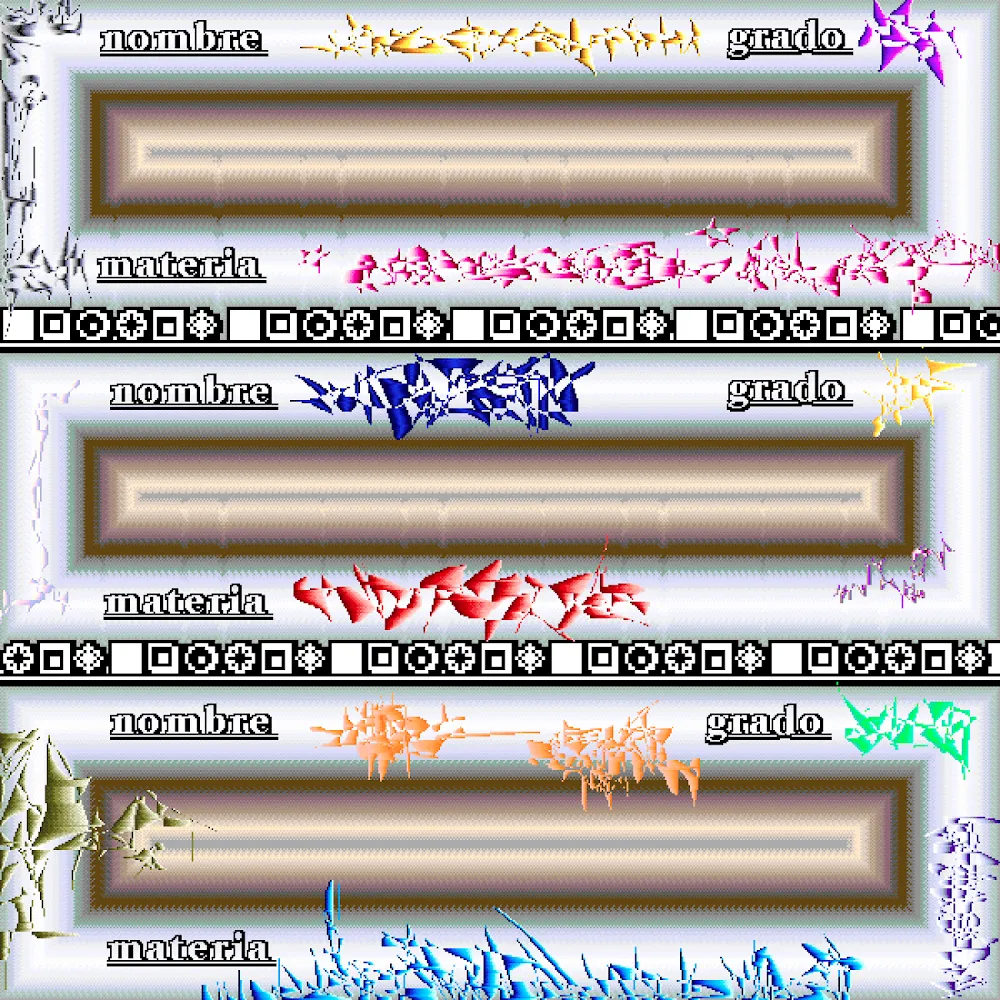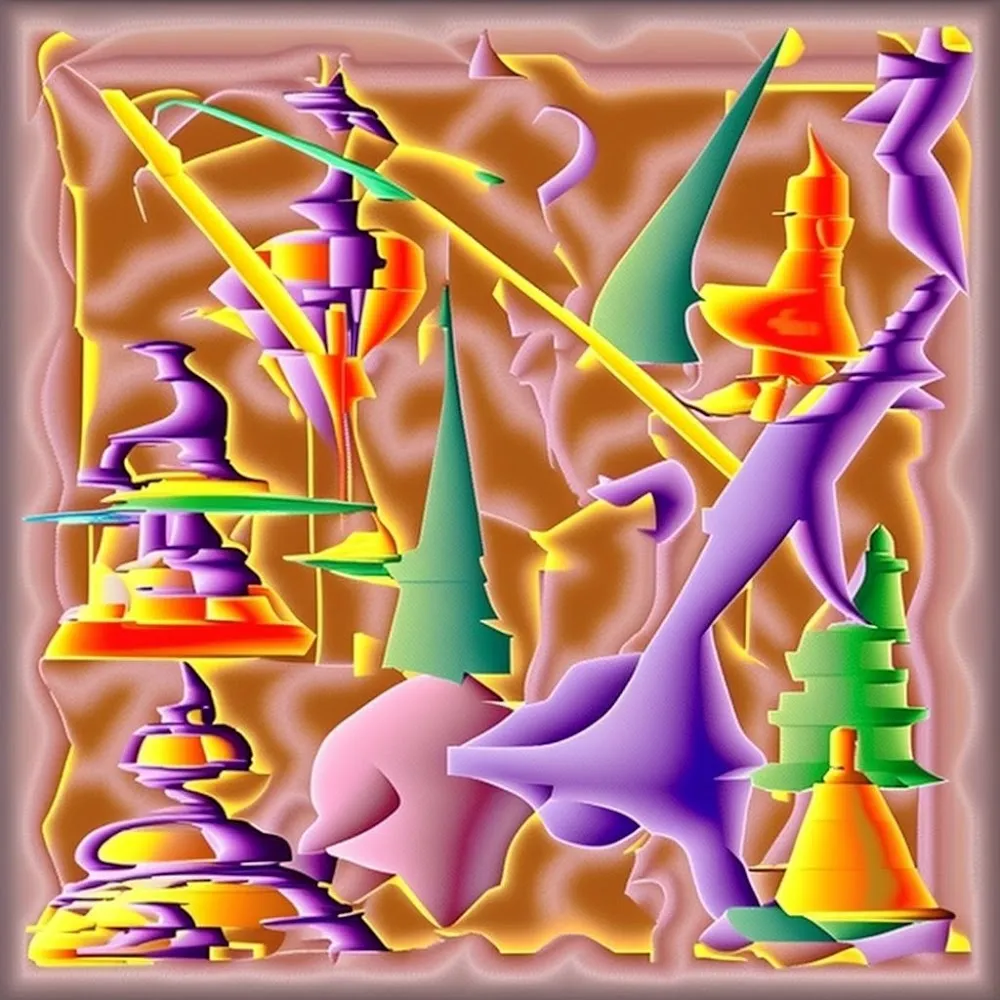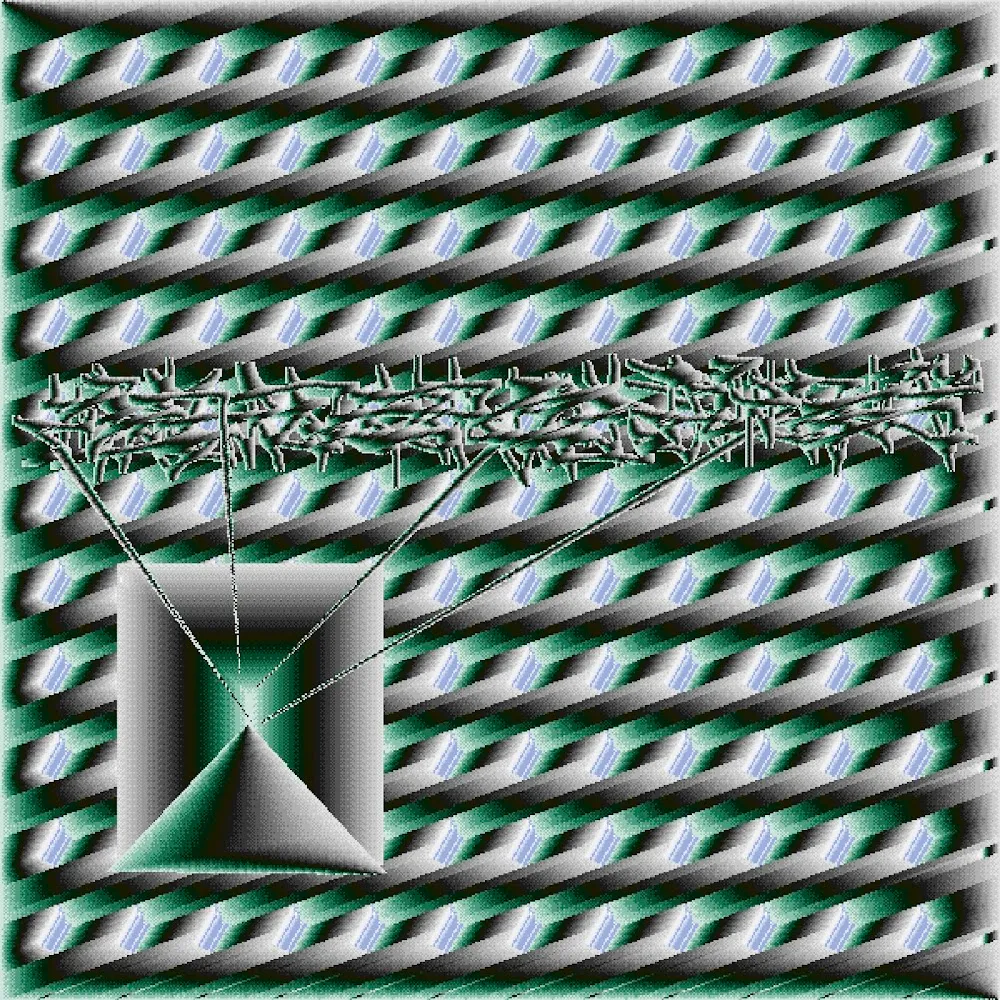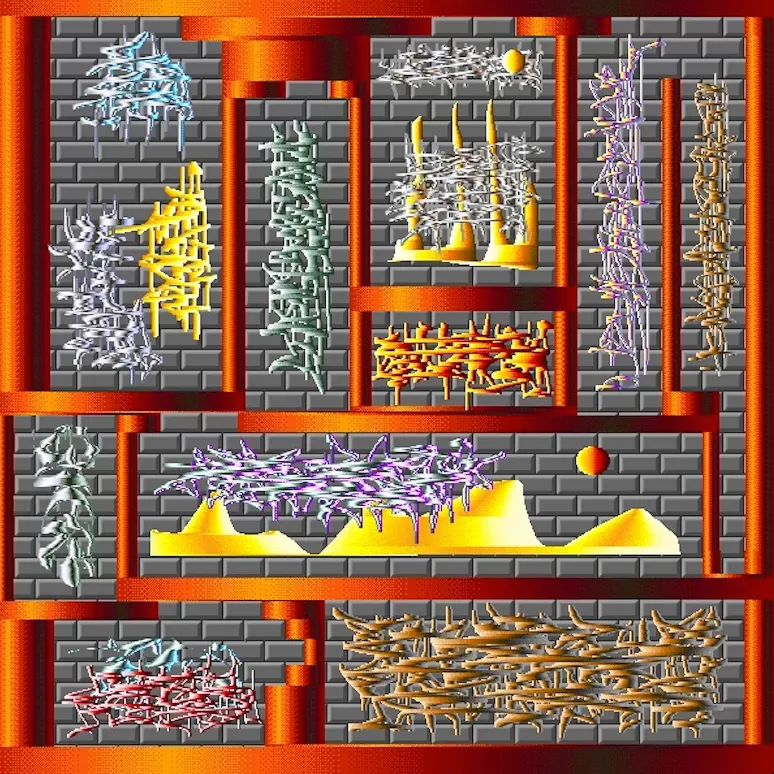Subscribe to get the latest on artists, exhibitions and more.
Juanna Pedro on Incorporating Personal Memories into Digital Art

Leyla Fakhr: How does the theme of imperfections come into play with your work?
Juanna Pedro: The theme of Imperfections suits perfectly with my work. I do not seek realism or perfect shapes when I’m working; it is more an exploration towards a specific feeling, a specific memory or idea in my mind. Memory is always imperfect. Being most of my work an exploration of my memories, it’s all about imperfections and how a combination of imperfections can result in an art piece. I also try to work with mistakes and errors and see how they evolve the piece into something else, something unexpected and truly unique.
Leyla Fakhr: How do you approach the process of conceptualizing a new digital artwork? Do you have a set process, or does it vary from piece to piece?
Juanna Pedro: As I mentioned earlier, memory is my primary source when I’m working. I recall moments in time that have meaning in my life, and try to “paint” it as the feeling of the memory urges me to. That may be represented in certain colors or textures, but it’s never thought as an exact representation, or a realist one, it’s trying to represent a feeling from this memory. Technological memories that keep unfolding. Color, shapes and textures are tools that allow me to explore this feeling.
Leyla Fakhr: How do you stay inspired and motivated when working on a long-term digital art project, such as a series or collection of pieces?
Juanna Pedro: For Verse, I present Color Juanna, a series of 18 unique pieces that expanded from 2019 till 2023. Although most of the pieces are very recent, the idea started in 2019: to make an exploration of color, not following a particular theme except color itself. The goal was to make a huge palette with individual artworks exploring different ranges of the color spectrum.
I would describe Color Juanna as: imperfect moments of time seen through light and saturation.
Leyla Fakhr: What do you think distinguishes digital art from other forms of art, and how do you see the medium evolving in the future?
Juanna Pedro: Digital art distinguishes itself from other art forms by being so attached to technology. As a modern civilization, we worship screens and the media it produces; we are attached to a screen almost every moment of our day. This led to appreciation of digital art changing and evolving, and artists finding new ways to express their art through digital technologies.
Thanks to smart contracts and NFTs, the possibility of owning a digital asset created a revolutionary art market for a variety of collectors. As technology continuous to advance, I have no doubt digital art will expand in ways we cannot imagine today.
Leyla Fakhr: How do you balance the technical aspects of creating digital art with the creative and artistic elements?
Juanna Pedro: I think technology is a crucial part in my artistic process. Technology inspires me to create; the idea of creating images out of an array of pixels is very powerful to me, as well as thinking how the production of digital images has evolved over time.
I think the notion of working with a machine is very present in my work. I try to make my work as computational-looking as I can, and like to think my work could have only been created on a digital realm, and not physically.
Making digital art requires a fusion with the machine, immersing soul and body with a computer to co-create an unknown, unique pixel-arranged output.
Leyla Fakhr: How do you decide on the themes and subjects for your digital artwork, and do you find that your personal interests and experiences influence your work?
Juanna Pedro: I try to focus mainly on Mexico. Having travelled all around the country, knowing almost every state and their cultures, I centre on my colourful or meaningful memories about it and try to represent it in my work. Having graduated as a filmmaker, I try to imagine my works as still images from a weird movie or some 90s video game landscape.
I have a series called Paisaje Mexicano where I try approaching landscapes from Mexico digitally. Color Juanna is more an exploration of colours and forms from daily life experiences, and is more abstract than my previous works.
Finally, I find a lot of inspiration in blockchain technologies and crypto culture, and have some series imagining decentralized shapes and landscapes.
Leyla Fakhr
Leyla Fakhr is Artistic Director at Verse. After working at the Tate for 8 years, she worked as an independent curator and producer across various projects internationally. During her time at Tate she was part of the acquisition team and worked on a number of collection displays including John Akomfrah, ‘The Unfinished Conversation’ and ‘Migrations, Journeys into British Art’.
She is the editor...
Juanna Pedro
Multidisciplinary artist from Xochimilco, Mexico. Graduated as a filmmaker, Web 3 artist by choice. Inspired in Mexican biodiversity and culture, as well as 90’s digital graphics and videogames.
His works have been exhibited in diverse galleries around Mexico City, Canada, Colombia and Online.



